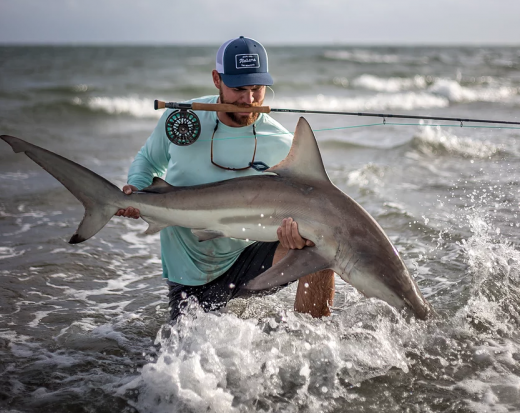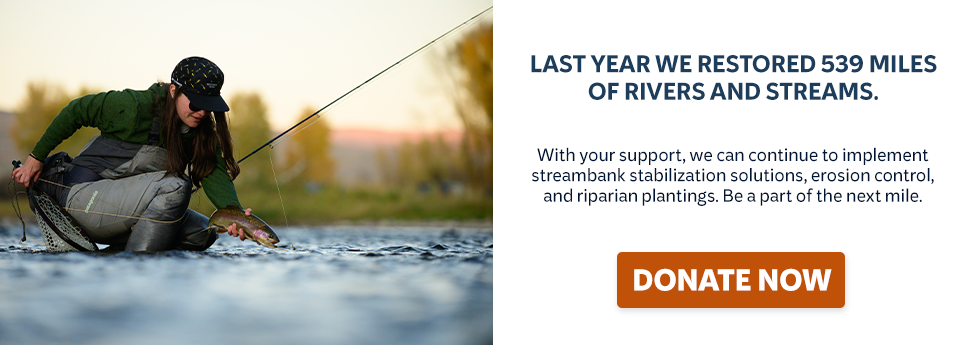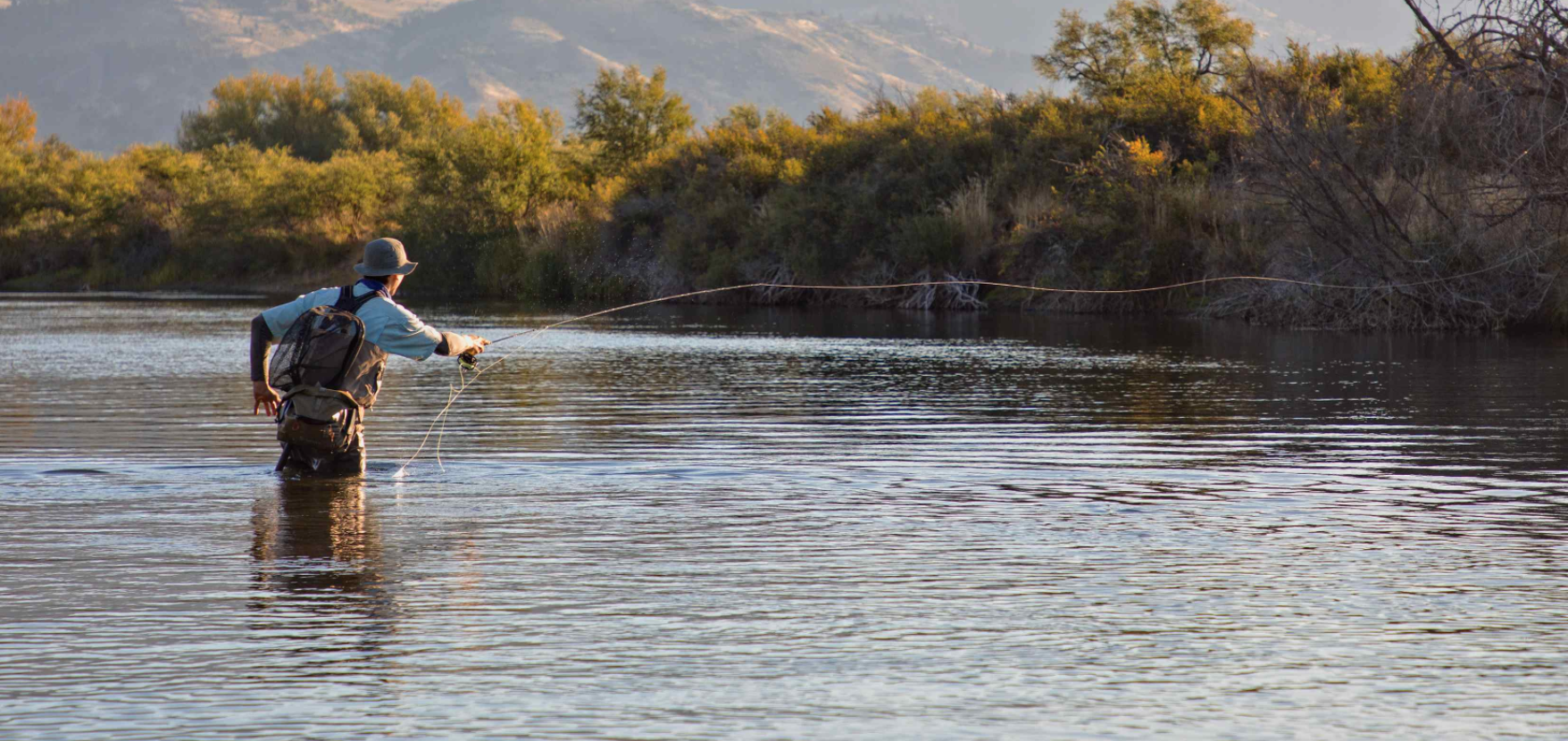Photo by Earl Harper/Hatch Magazine
I saw this piece today in Hatch Magazine, and was immediately reminded of this simple lesson when, just the other day while out chasing native cutts in Idaho, I couldn’t figure out why my casting accuracy had blown up in my face.
It’s a longer story than that, of course, but suffice to say, I had to slow down, regroup and then do some casting introspection. As John Juracek notes in the Hatch piece, keeping your base cast on the same plane from start to finish is the foundation of good casting. I was on a small, backcountry stream that required a ton of casting alterations, from incorporating a reach cast to dapping to skipping a fly under overhangs. I was in “the zone” and catching fish. My tight-quarters casting was spot-on.
Then, I came across a long run in the stream, with fish rising just below a tailout. The water at the lower end of the run was super shallow and probably not worth fishing. But I couldn’t wander too far upstream in the shallows for fear of spooking the fish in the deeper water ahead. I needed to make a long cast of about 60 feet, a rarity on small water, but proof that small-water angling makes you use more tools from your casting toolbox than any other fly-fishing discipline. My first cast was long enough, but was so far offline that I actually looked at the fly rod in my hand as if to blame the instrument. A couple more casts were closer, but I was missing, in a big way.
So I went back to basics, and consciously focused on keeping my fly rod on the same plane from start to finish. I tucked the fly into the soft water at the corner of the tailout, and bam. Fish on.
Another fly fishing lesson: Good casts make for good results.
Here’s what else is happening in the fishing world today:
- The Venturing Angler just posted a review of Tom Rosenbauer’s new Orvis-published book, “Fly Fishing for Trout: The Next Level.” Check it out.
- Louis Cahill at Gink and Gasoline talks about the pros and cons of glass fly rods compared to graphite rods.
- Struggling with that loop knot for your big streamer of ‘hopper pattern? Struggle no more.
- Check out this photo essay from Labrador by Dave Karczynski. I’m ready to book a trip right now.
- Bonneville cutthroat trout are headed back to a couple of streams on Utah’s Paunsaugunt Plateau.
- A wetlands meadow in Oregon is scheduled for restoration.
And, finally, that moment of fishing Zen, thanks to the folks at Flylords:




